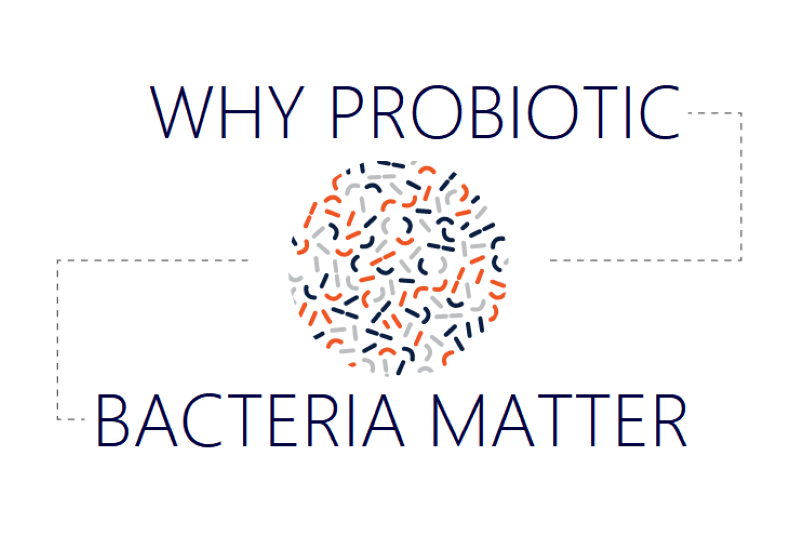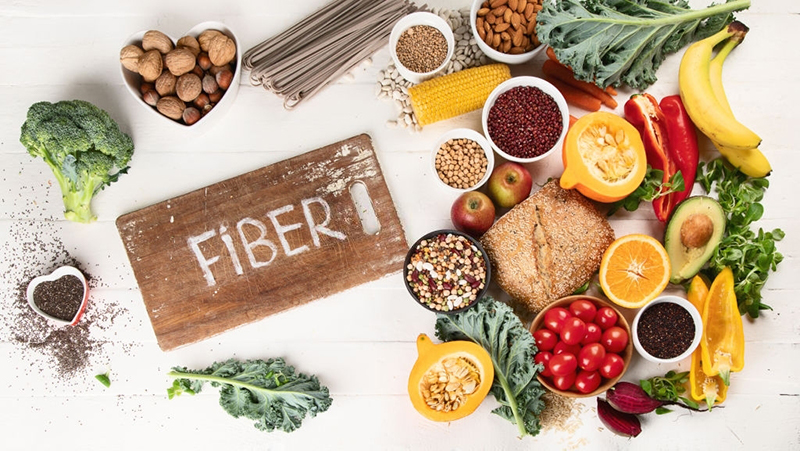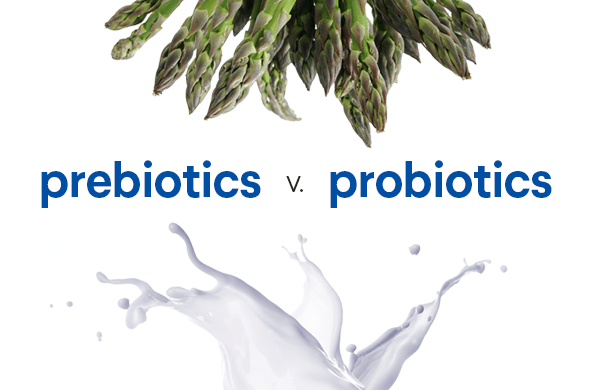
“Probiotics” are defined by the International Scientific Association for Probiotics and Prebiotics as “live microorganisms that, when administered in adequate amounts, confer a health benefit on the host.” These microorganisms, which are mostly bacteria but also yeasts, are naturally present in fermented foods, can be added to other foods, and are available as dietary supplements. https://probioticseverything.com
probiotic bacteriaWhile probiotic supplements have numerous health benefits ranging from gut support to immune function, there are many different strains of bacteria in probiotics, each with its own unique set of functions. Understanding the various strains is essential for locating a targeted supplement and reaping the benefits. https://probioticseverything.com
probiotic bacteriaProbiotics are distinguished by their strain, which includes the genus, species, subspecies (if applicable), and an alphanumeric strain designation. The seven core genera of microbial organisms most often used in probiotic products are Lactobacillus, Bifidobacterium, Saccharomyces, Streptococcus, Enterococcus, Escherichia, and Bacillus. https://probioticseverything.com
probiotic bacteria
Lactobacillus
Lactobacillus is a genus of Gram-positive, aerotolerant anaerobes or microaerophilic, rod-shaped bacteria that do not form spores. Lactobacillus species are important components of the human and animal microbiota in a variety of body sites, including the digestive system and the female genital system. Lactobacillus forms biofilms in the vaginal and gut microbiota, allowing it to survive in harsh environments and maintain abundant populations. Lactobacillus has a mutualistic relationship with the human body in which it protects the host from potential pathogen invasions and the host provides a source of nutrients. Lactobacilli are among the most common probiotics found in foods such as yogurt, and it has a wide range of applications in maintaining human health, including the treatment of diarrhea, vaginal infections, and skin disorders such as eczema. https://probioticseverything.com
probiotic bacteriaBifidobacterium
Bifidobacterium is a genus of anaerobic gram-positive bacteria that are nonmotile and frequently branched. They are common gastrointestinal pathogens, but strains have been isolated from the vagina and mouth (B. dentium) of mammals, including humans. Bifidobacteria are one of the major bacterial genera that make up the microbiota of the gastrointestinal tract in mammals. Before the 1960s, Bifidobacterium species were referred to collectively as “Lactobacillus bifidus.” Probiotics are made from bifidobacteria. https://probioticseverything.com
probiotic bacteriaSaccharomyces
Saccharomyces is a fungus genus that includes many yeast species. Saccharomyces is derived from the Greek words v (sugar) and (fungus) and means sugar fungus. Many members of this genus are thought to be extremely important in food production. It is also referred to as brewer’s yeast or baker’s yeast. They are saprotrophic, unicellular fungi. Saccharomyces cerevisiae, for example, is used in the production of bread, wine, and beer, as well as in human and animal health. Saccharomyces paradoxus, the closest relative of S. cerevisiae, Saccharomyces bayanus, used in winemaking, and Saccharomyces cerevisiae var. boulardii, used in medicine, are all members of this genus. https://probioticseverything.com
probiotic bacteriaStreptococcus
Streptococcus is a genus of gram-positive cocci (plural cocci) or spherical bacteria in the family Streptococcaceae, order Lactobacillales (lactic acid bacteria), and phylum Firmicutes. Because streptococci divide along a single axis, they tend to form pairs or chains that appear bent or twisted as they grow. This is in contrast to staphylococci, which divide along multiple axes, resulting in irregular, grape-like clusters of cells. The majority of streptococci are oxidase and catalase negative, and many are facultative anaerobes (capable of growth both aerobically and anaerobically). https://probioticseverything.com
probiotic bacteriaEnterococcus
Enterococcus is a large genus of Firmicutes lactic acid bacteria. Enterococci are gram-positive cocci that typically occur in pairs (diplococci) or short chains and are difficult to distinguish from streptococci based solely on physical characteristics. E. faecalis (90–95 percent) and E. faecium (5–10 percent) are the most common commensal organisms in human intestines. Other species, such as E. casseliflavus, E. gallinarum, and E. raffinosus, have rare clusters of infections. https://probioticseverything.com
probiotic bacteriaEscherichia
Escherichia is a Gram-negative, non-spore-forming, facultatively anaerobic, rod-shaped bacterium in the Enterobacteriaceae family. Escherichia species that live in the gastrointestinal tracts of warm-blooded animals provide a portion of the microbially derived vitamin K for their host. A number of Escherichia species are pathogenic. The genus is named after the discoverer of Escherichia coli, Theodor Escherich. Escherichia coli are facultative aerobes that can grow aerobically and anaerobically and have an optimum temperature of 37 °C. Escherichia coli is typically motile via flagella, produces gas from fermentable carbohydrates, and does not decarboxylate lysine or hydrolyze arginine. E. albertii, E. fergusonii, E. hermannii, E. marmotae, and, most notably, the model organism and clinically relevant E. coli are among the species. https://probioticseverything.com
probiotic bacteriaBacillus
Bacillus is a phylum Firmicutes genus of Gram-positive, rod-shaped bacteria with 266 named species. Bacillus species can be either obligate aerobes (oxygen dependent) or facultative anaerobes (able to live in the absence of oxygen). Bacillus can reduce themselves to oval endospores and remain dormant for years at a time. Bacillus is found all over the world and includes both free-living (nonparasitic) species and two parasitic pathogenic species. B. anthracis causes anthrax, while B. cereus causes food poisoning. Surfactins and mycosubtilins are two lipopeptides that Bacillus species can synthesize and secrete. Bacillus species can also be found in sea sponges. Bacillus subtilis (strains WS1A and YBS29) from marine sponges can synthesize a variety of antimicrobial peptides. These Bacillus subtilis strains have the potential to cause disease resistance in Labeo rohita.
Every person also has a unique gut microbiome, or balance of beneficial bacteria in the gut, so the best probiotic for you may be different from the ideal choice for someone else. To reap the most benefits from probiotics, you must identify the strain(s) that are specific to your symptoms.





